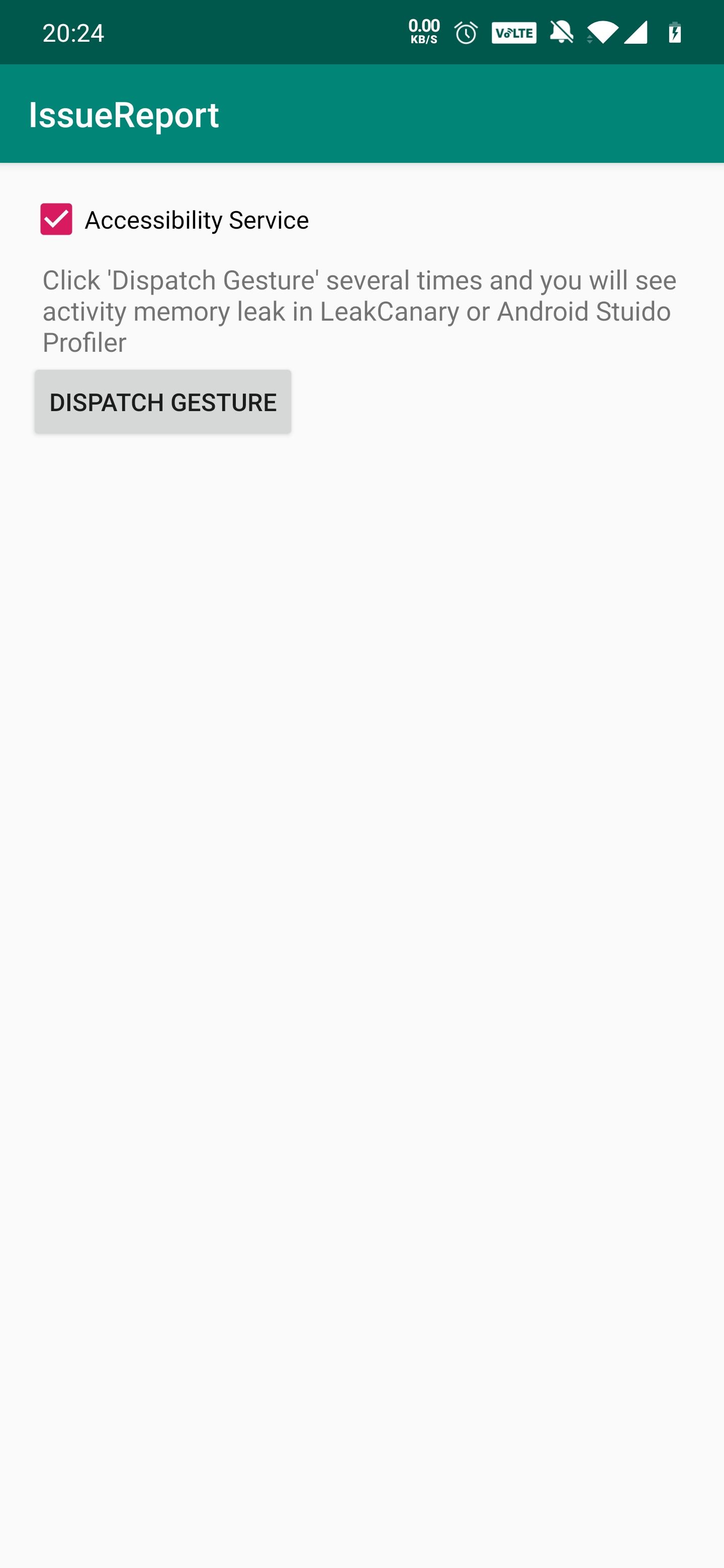

GitHub Actions has grown into one of the most popular CI/CD provider choices ever since GitHub launched the Actions product in 2018.

We know that creating a build & deploy CI/CD workflow for the first time can feel daunting, which is why (having done this many times before) we’re here to help! With step-by-step tutorials and clear instructions, we hope to make your team’s transition to a smooth CI/CD pipeline seamless and pain-free. At this point, teams will begin to explore what CI/CD options are out there, recognizing that establishing a robust CI/CD pipeline will improve the consistency, reliability, and quality of their development and release process. But as team size grows and the need for more frequent and predictable releases arises, many teams realize that building APKs/AABs off an individual’s machine just doesn’t scale. For many indie devs and small teams, using Android Studio or Gradle for this gets the job done without too much of a fuss. Many Android devs will at some point in their careers be responsible for building and uploading an APK or AAB to the Google Play Console. Setting up a CI/CD pipeline is critical for scaling your development and release process to match rapid growth in team size and maturity.


 0 kommentar(er)
0 kommentar(er)
